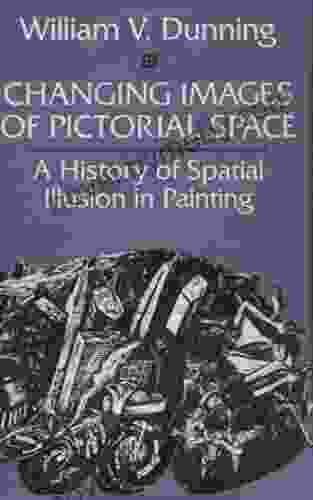Changing Images Of Pictorial Space: A Journey Through Art History

The concept of pictorial space is a fundamental element of art history. It refers to the illusion of depth and three-dimensionality that artists create on a two-dimensional surface. Over the centuries, artists have developed a wide range of techniques to create pictorial space, from the simple use of perspective to the more complex use of light and shadow.
4.8 out of 5
| Language | : | English |
| File size | : | 5510 KB |
| Text-to-Speech | : | Enabled |
| Print length | : | 268 pages |
| Screen Reader | : | Supported |
In this article, we will explore the evolution of pictorial space in art, from ancient cave paintings to modern masterpieces. We will see how artists have used perspective, composition, and other techniques to create compelling and immersive visual experiences.
Ancient Art
The earliest examples of pictorial space can be found in ancient cave paintings. These paintings, which date back to tens of thousands of years ago, often depicted animals and humans in a simple and naturalistic style. While the artists did not use perspective to create the illusion of depth, they did use other techniques, such as the overlapping of figures and the use of light and shadow, to create a sense of space.
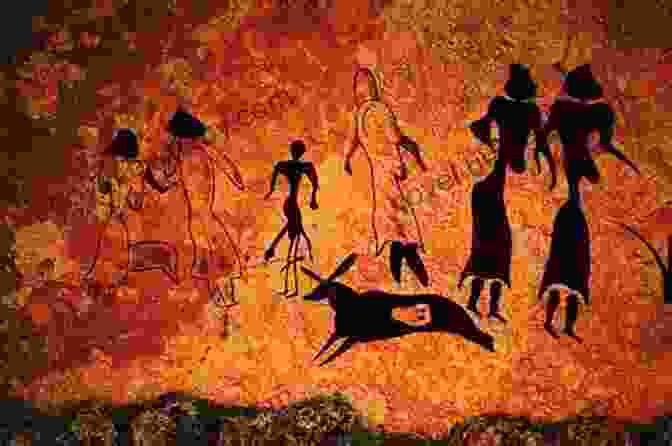
Classical Art
During the classical period, Greek and Roman artists began to use perspective to create the illusion of depth in their paintings and sculptures. This technique, which was based on the mathematical principles of geometry, allowed artists to create realistic and believable representations of the three-dimensional world.
One of the most famous examples of classical perspective is the painting "The School of Athens" by Raphael. This painting, which was created in the 16th century, depicts a group of philosophers and scientists gathered in a large hall. The use of perspective creates the illusion that the viewer is standing in the same space as the figures in the painting.
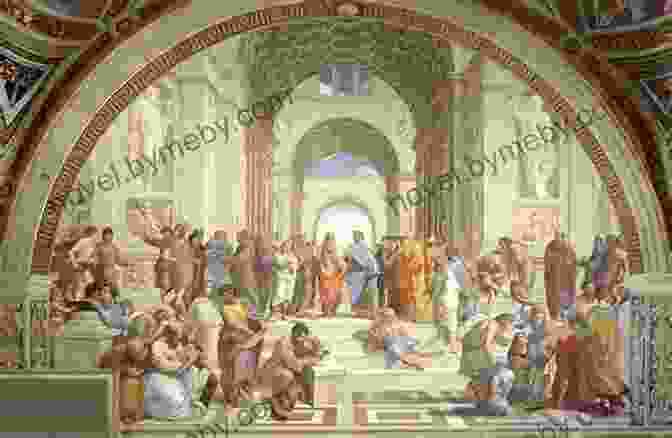
Medieval Art
During the Middle Ages, European artists continued to use perspective to create pictorial space in their paintings. However, they also began to experiment with other techniques, such as the use of light and shadow and the overlapping of figures. This led to a more complex and expressive use of pictorial space.
One of the most famous examples of medieval pictorial space is the painting "The Annunciation" by Fra Angelico. This painting, which was created in the 15th century, depicts the angel Gabriel announcing the birth of Jesus to Mary. The use of light and shadow creates a sense of depth and atmosphere, and the overlapping of figures adds to the feeling of intimacy.
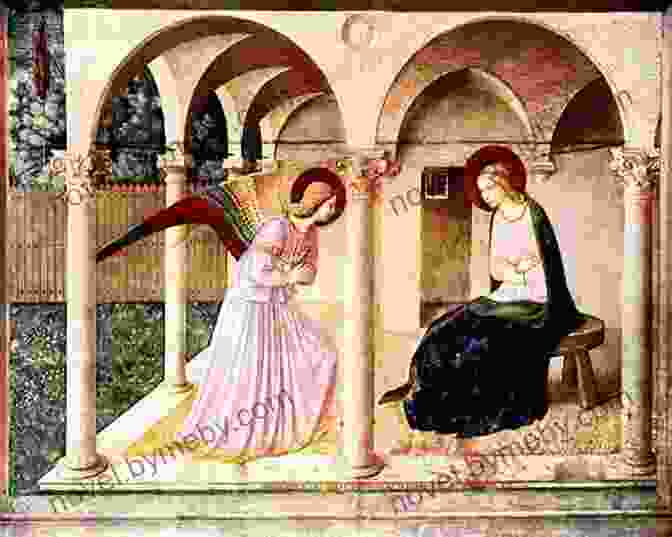
Renaissance Art
During the Renaissance, artists began to use perspective in a more sophisticated way. They developed a system of linear perspective, which allowed them to create the illusion of a single, unified space. This technique was used to great effect by artists such as Leonardo da Vinci, Michelangelo, and Raphael.
One of the most famous examples of Renaissance pictorial space is the painting "The Last Supper" by Leonardo da Vinci. This painting, which was created in the 15th century, depicts Jesus and his disciples gathered at a table. The use of linear perspective creates the illusion that the viewer is looking into a real space.
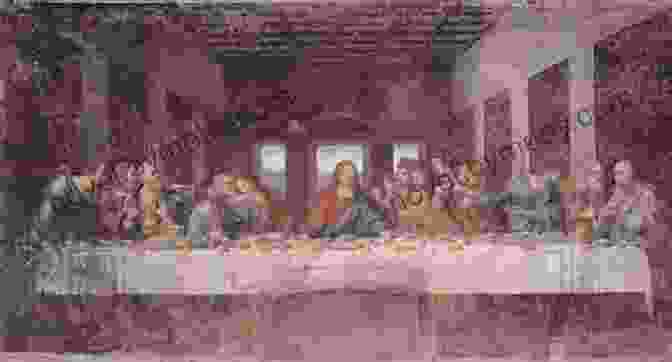
Baroque Art
During the Baroque period, artists began to use pictorial space in a more dramatic and dynamic way. They used exaggerated perspective and foreshortening to create a sense of movement and energy. This technique was used to great effect by artists such as Caravaggio, Bernini, and Rubens.
One of the most famous examples of Baroque pictorial space is the painting "The Calling of St. Matthew" by Caravaggio. This painting, which was created in the 16th century, depicts Jesus calling Matthew to be his disciple. The use of exaggerated perspective and foreshortening creates a sense of drama and excitement.
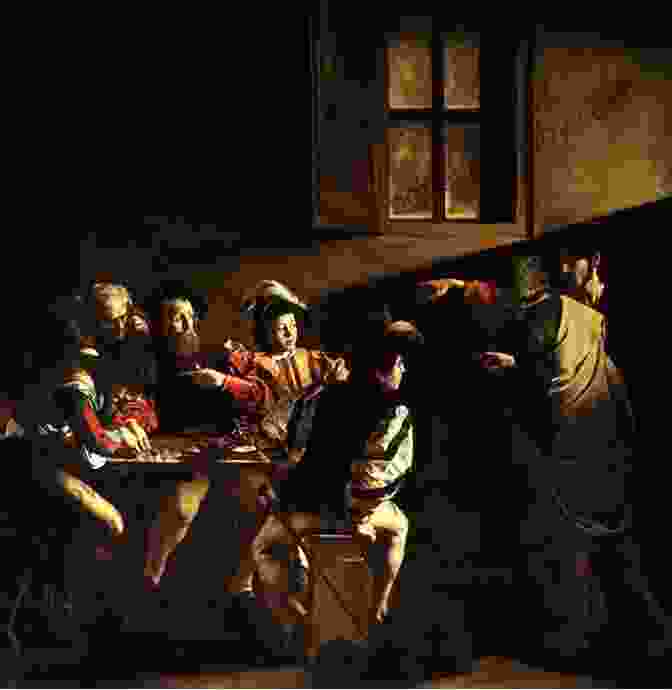
Modern Art
During the modern period, artists began to experiment with new and innovative ways to create pictorial space. They used abstraction, collage, and other techniques to break away from the traditional conventions of perspective. This led to a more expressive and personal use of pictorial space.
One of the most famous examples of modern pictorial space is the painting "Guernica" by Pablo Picasso. This painting, which was created in 1937, depicts the bombing of the Basque town of Guernica by the German Luftwaffe. The use of abstraction and collage creates a sense of chaos and horror.
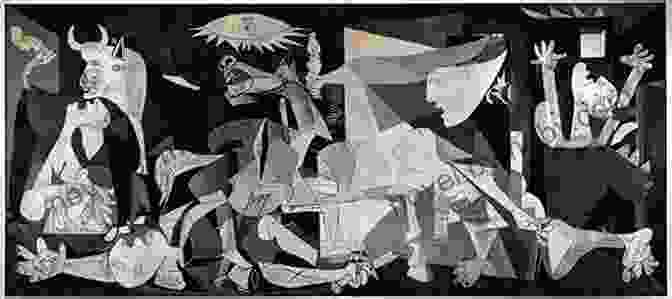
The concept of pictorial space has been a fundamental element of art history for centuries. Over the centuries, artists have developed a wide range of techniques to create the illusion of depth and three-dimensionality on a two-dimensional surface. This has led to a rich and varied body of artwork that continues to inspire and engage viewers today.
4.8 out of 5
| Language | : | English |
| File size | : | 5510 KB |
| Text-to-Speech | : | Enabled |
| Print length | : | 268 pages |
| Screen Reader | : | Supported |
Do you want to contribute by writing guest posts on this blog?
Please contact us and send us a resume of previous articles that you have written.
 Book
Book Novel
Novel Page
Page Chapter
Chapter Text
Text Story
Story Genre
Genre Reader
Reader Library
Library Paperback
Paperback E-book
E-book Magazine
Magazine Newspaper
Newspaper Paragraph
Paragraph Sentence
Sentence Bookmark
Bookmark Shelf
Shelf Glossary
Glossary Bibliography
Bibliography Foreword
Foreword Preface
Preface Synopsis
Synopsis Annotation
Annotation Footnote
Footnote Manuscript
Manuscript Scroll
Scroll Codex
Codex Tome
Tome Bestseller
Bestseller Classics
Classics Library card
Library card Narrative
Narrative Biography
Biography Autobiography
Autobiography Memoir
Memoir Reference
Reference Encyclopedia
Encyclopedia Sylvia Townsend Warner
Sylvia Townsend Warner Roger Scruton
Roger Scruton Ronald Scott Vasile
Ronald Scott Vasile Ton Viet Ta
Ton Viet Ta Sarah Digregorio
Sarah Digregorio Sharon Howard
Sharon Howard Sam Humphries
Sam Humphries Peter Petre
Peter Petre Rabbi Lynnda Targan
Rabbi Lynnda Targan Richard Appleton
Richard Appleton Zafar Anjum
Zafar Anjum Ryan Hall
Ryan Hall Shane Burcaw
Shane Burcaw Robin Wieruch
Robin Wieruch Ralph Nader
Ralph Nader Richard Drake
Richard Drake Theo Coster
Theo Coster Samantha Dion Baker
Samantha Dion Baker Suzanne Bell
Suzanne Bell Warren Ellis
Warren Ellis
Light bulbAdvertise smarter! Our strategic ad space ensures maximum exposure. Reserve your spot today!

 Enrique BlairUnveiling the Aquatic Adventures: Max Has Fish Penguin Young Readers Level 2
Enrique BlairUnveiling the Aquatic Adventures: Max Has Fish Penguin Young Readers Level 2
 Octavio PazThe Astounding Wolf Man Complete Collection: A Howling Masterpiece of Horror...
Octavio PazThe Astounding Wolf Man Complete Collection: A Howling Masterpiece of Horror...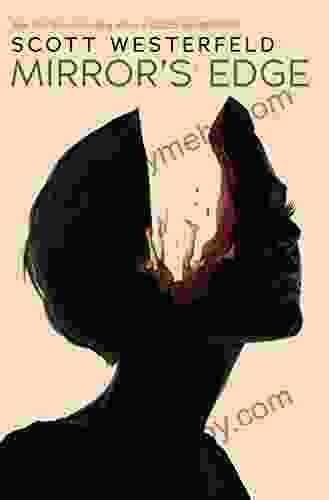
 Vince HayesMirror Edge: Impostors by Scott Westerfeld: A Cyberpunk Adventure That Will...
Vince HayesMirror Edge: Impostors by Scott Westerfeld: A Cyberpunk Adventure That Will...
 Colin RichardsonUncover the Thrilling Molly Murphy Mystery: A Riveting Historical Journey
Colin RichardsonUncover the Thrilling Molly Murphy Mystery: A Riveting Historical Journey Leon FosterFollow ·19.1k
Leon FosterFollow ·19.1k Charles ReedFollow ·6.1k
Charles ReedFollow ·6.1k Avery SimmonsFollow ·5.3k
Avery SimmonsFollow ·5.3k Felix HayesFollow ·2.7k
Felix HayesFollow ·2.7k Derek BellFollow ·19.3k
Derek BellFollow ·19.3k Chase SimmonsFollow ·14.5k
Chase SimmonsFollow ·14.5k Bob CooperFollow ·2.6k
Bob CooperFollow ·2.6k E.M. ForsterFollow ·9.3k
E.M. ForsterFollow ·9.3k

 Mike Hayes
Mike HayesArthur Meighen: A Life in Politics
Arthur Meighen was one of Canada's most...

 Bryan Gray
Bryan GrayVindicated: Atlanta's Finest
In the heart of Atlanta, a...

 Houston Powell
Houston PowellHis to Defend: A Captivating Legal Thriller That Will...
An Unforgettable...

 John Green
John GreenUncover the Riveting Tale of "Hunted: Atlanta Finest" - A...
Prepare yourself for a...
4.8 out of 5
| Language | : | English |
| File size | : | 5510 KB |
| Text-to-Speech | : | Enabled |
| Print length | : | 268 pages |
| Screen Reader | : | Supported |


